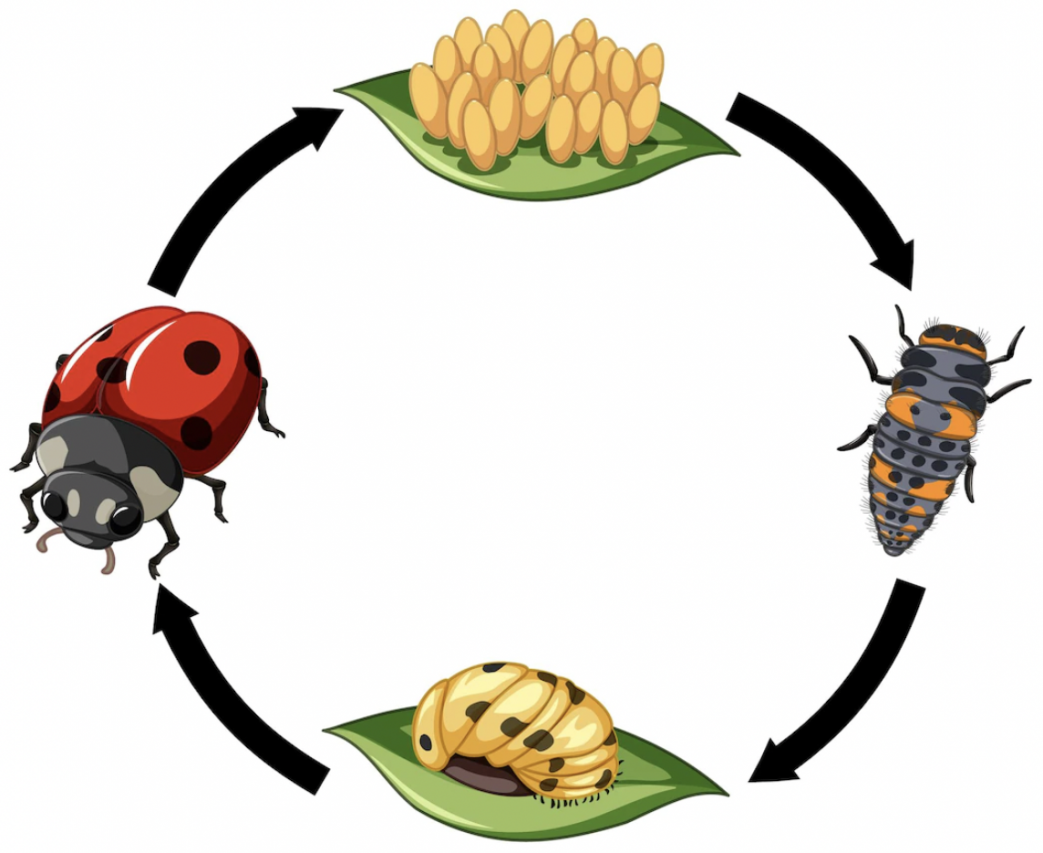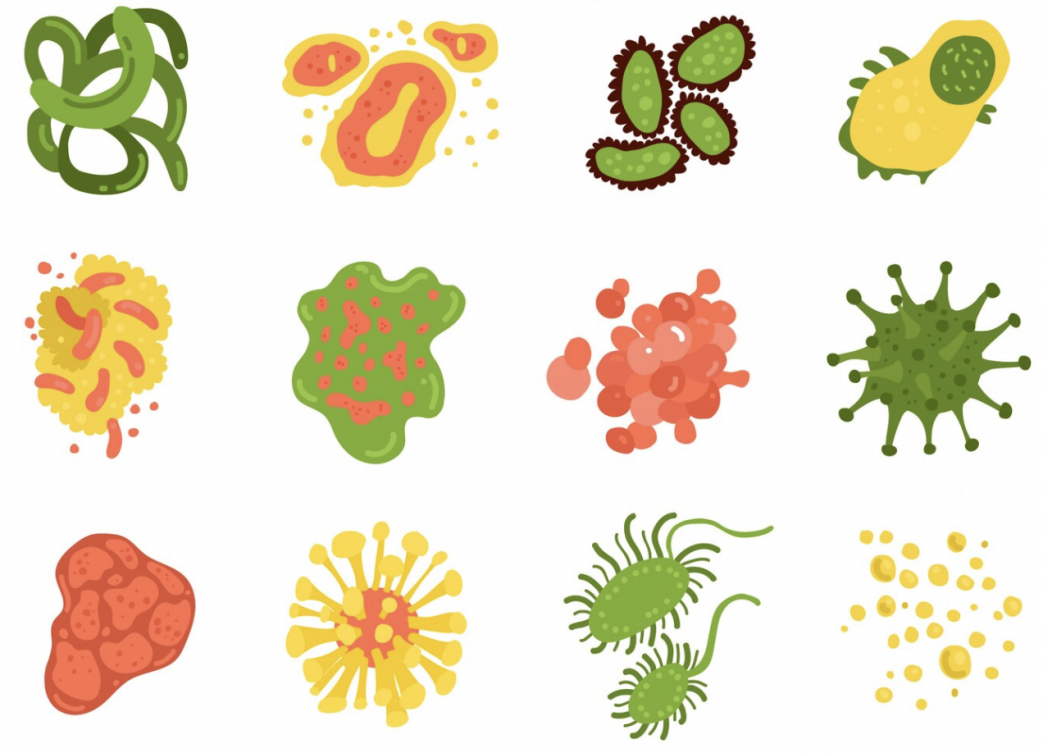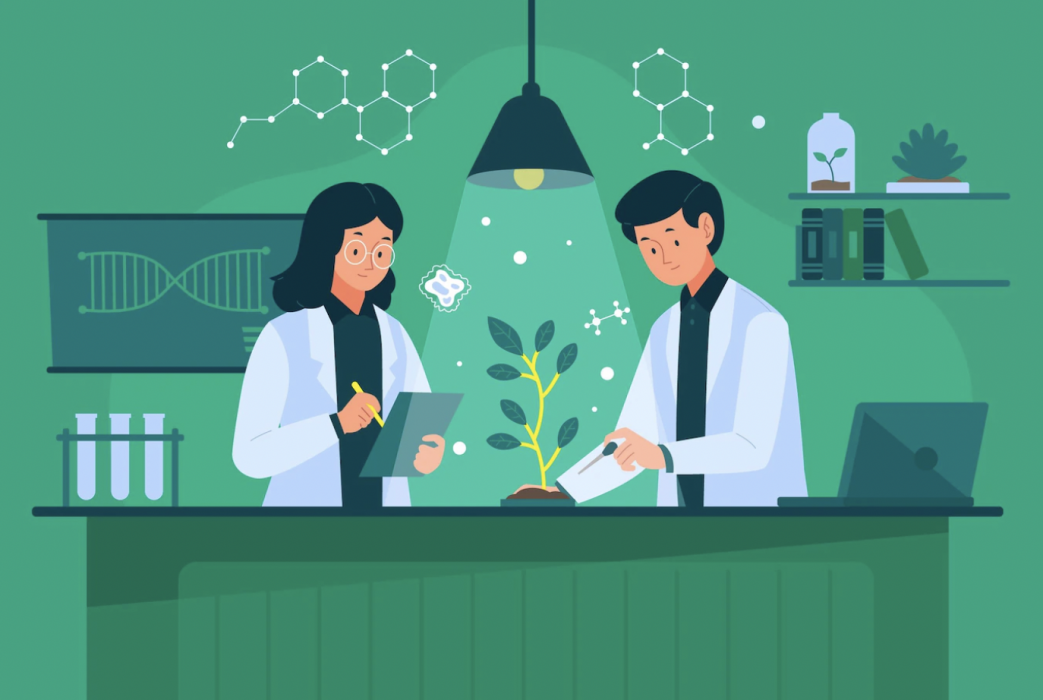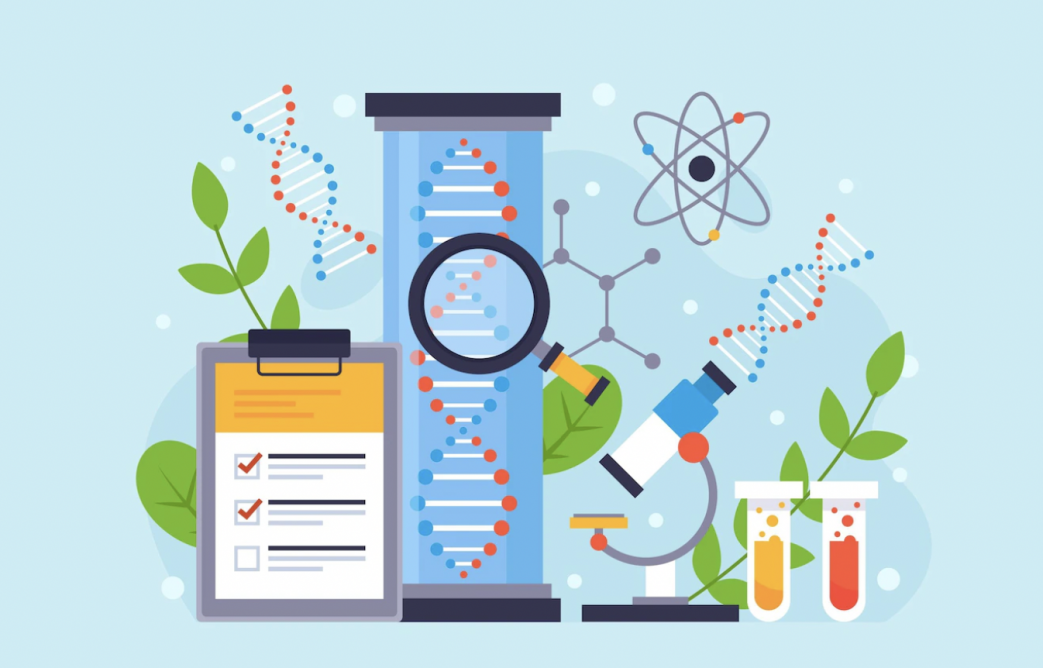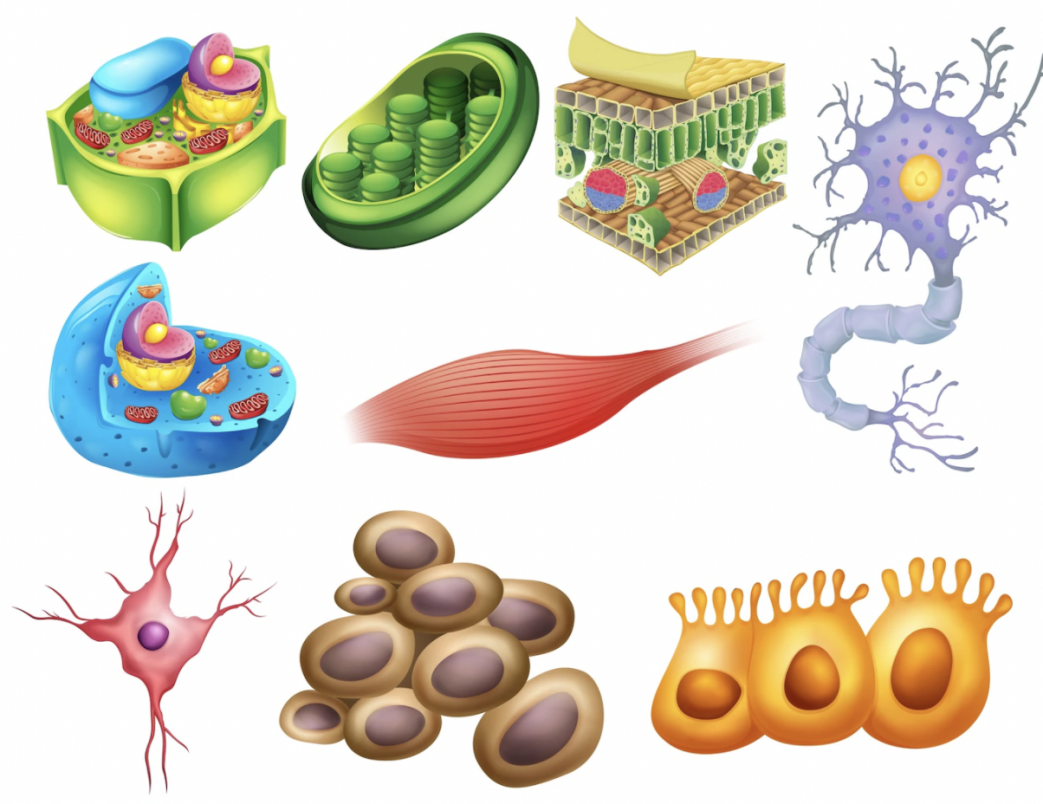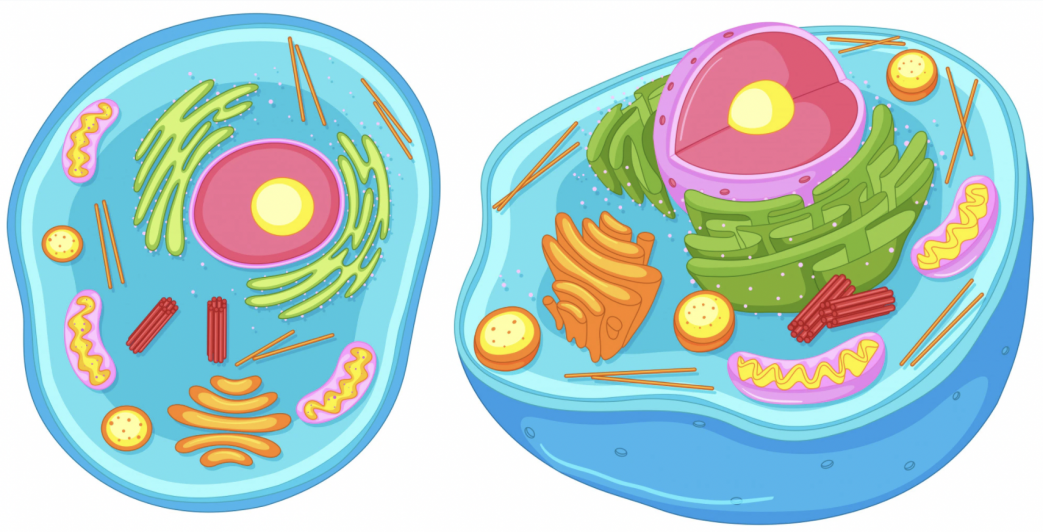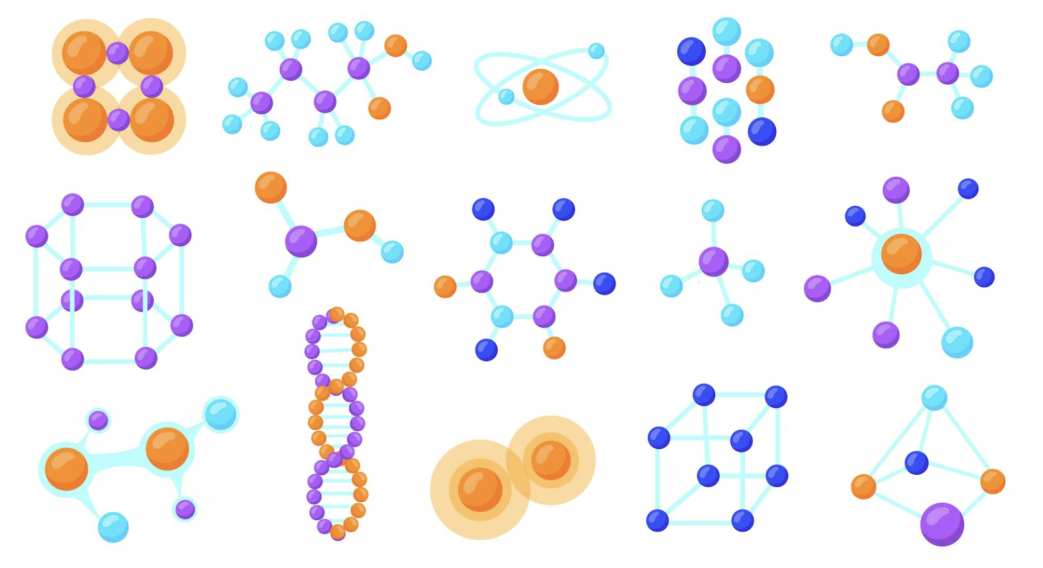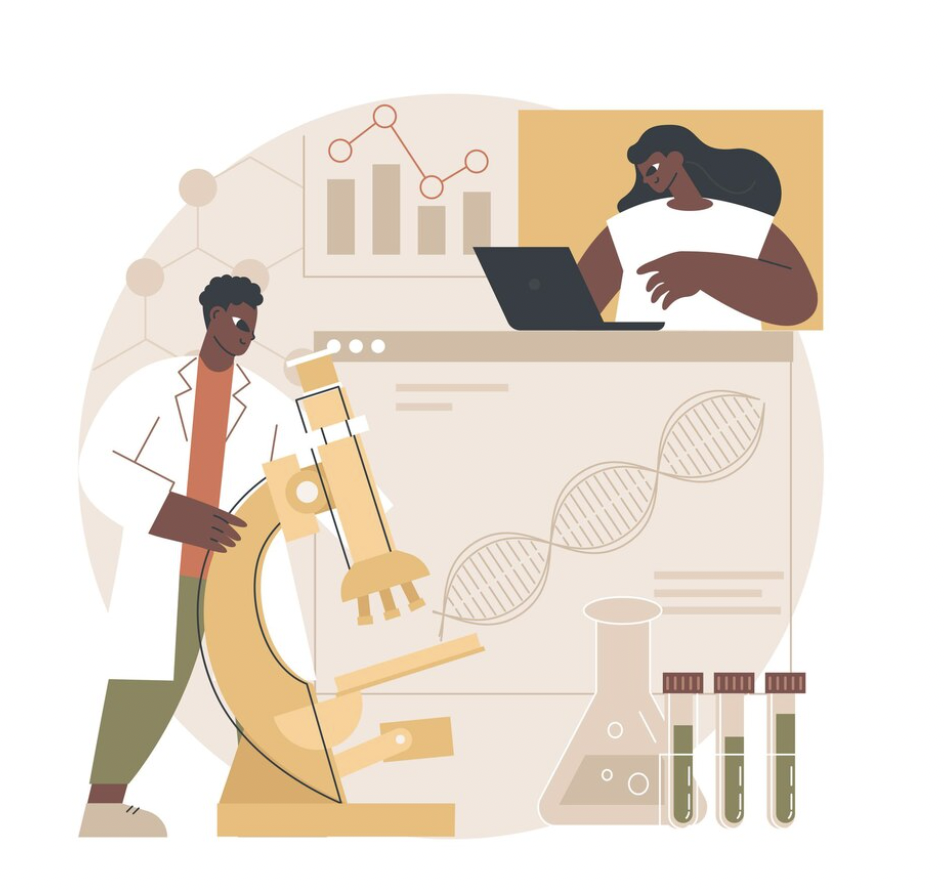Hi, Let’s review some points about organisms’ life cycles. A life cycle is a series of changes in form that an organism undergoes, returning to the starting state. Transitions of form may involve growth, asexual reproduction, and/or sexual reproduction. More about life cycles can be found HERE. https://www.cabrillo.edu/~ncrane/bio1c/botPDFs/Labs/bacteria,%20cells,%20protists,%20lifecycles/Life%20Cycle%20Patterns.pdf http://waynesword.palomar.edu/lmexer8.htm http://en.wikipedia.org/wiki/Biological_life_cycle
Introduction to mycology
Hi, Only a few of us pay attention to one of the most abundant organisms on the planet – fungi. In national olympiads you quite often can find tasks about fungi, however, in the IBO you may be asked to classify them or choose right answers from multiple choice about they properties as well as reproduction mechanisms and structures. To …
Glycolysis overview
Hello, Let me introduce by far the most important metabolic process of all cells -glycolysis. Glycolysis is the metabolic pathway that converts glucose C6H12O6, into pyruvate, CH3COCOO− + H+. The free energy released in this process is used to form the high-energy compounds ATP and NADH.The glycolysis pathway can be separated into two phases: The Preparatory Phase – in …
Gene transfer in Bacteria: Transformation, Transduction and Conjugation
Hi, Let’s delve into microbiology and learn about gene transfer mechanisms: Transformation, Transduction and Conjugation. http://pathmicro.med.sc.edu/mayer/genetic%20ex.htm Some good information with pictures can be found HERE.
Transfection and Infection of Mammalian Cells
Hi dear, In this post you will find information about transfection and infection of mammalian cells. http://web.mnstate.edu/provost/ Biotech vector created by freepik – www.freepik.com
Gene Transfer in Plants
Hi, In this tutorial you will learn about various methods used in gene transfer in plant cells. http://web.mnstate.edu/provost/
Mitosis
Hi guys, Here you will find a review of mitosis. http://eebweb.arizona.edu/courses/ecol320/
Gene expression regulation in eukaryotes
Hi guys, Here you will find a good review of eukaryotic gene expression. http://www.eebweb.arizona.edu/courses/ecol320/
Gene expression regulation in prokaryotes
Hi guys, Here you will find some good practice problems with answers. http://www.eebweb.arizona.edu/courses/ecol320/.
Molecular evolution
Here you will find an outline of molecular evolution. Try to understand the calculations and formulas associated with populations. http://eebweb.arizona.edu/courses/ecol320/BirkyLectures/Sect19MolecularEvolution.pdf
Organelle genetics
Hi guys, Here you will find a nice summary of organelle genetics. http://www.eebweb.arizona.edu/courses/ecol320/.
Variations in chromosome structure
Hi guys, Here you will find some summary of variations in chromosome structure. http://www.eebweb.arizona.edu/courses/ecol320/BirkyLectures/Sect16ChromStructVar.pdf
Population genetics III
Population Genetics is the study of genetic events at the level of the population. Below is a handout which will help you understand population genetics better. http://www.bio.miami.edu/dana/250/25009_16print.html.
Electron transport system
Embedded in the inner membrane of the mitochondrion are a bunch of protein complexes that are involved in electron transport. They make up the electron transport chain (ETC). HERE you will find an amazing website VIRTUAL CELL ANIMATION COLLECTION. Take a look at an electron transport chain (ETC). HERE there is another good video about ETC in mitochondria. Useful animations …
Amino Acids & Proteins
For the hardest part in biology olympiads has always been biochemistry. Thus, I would like you to be the best in this field, so here you will find some good notes of amino acids and proteins from the biochemical point of view.Especially pay your attention to isoelectric point and pK calculations. The isoelectric point, sometimes abbreviated to IEP, is the …
Enzymes
Review a concise and fun slideshow about enzymes before olympiad below. http://rvrhs.enschool.org/ourpages/auto/2013/10/8/45710277/Enzyme%20Notes%201-22.pdf
Enzyme kinetics
Here you will find some stuff about enzyme kinetics. The study of the rate at which an enzyme works is called enzyme kinetics. http://web.campbell.edu/faculty/chazotte/ http://users.rcn.com/jkimball.ma.ultranet/BiologyPages/E/EnzymeKinetics.html http://www.columbia.edu/itc/chemistry/chem-c2407/hw/ENZYME_KINETICS.pdf www.glutxi.umassmed.edu/grad/GradKinetics.pdf
Acids, bases, titration curves
One more good manual for buffering and titrating problems: http://www.chem.purdue.edu/courses/chm333/Spring%202013/Lectures/Spring%202013%20Lecture%202%20-%204.pdf www.ssag.sk/SSAG%20study/CHE/acid-base5.pdf
Titration curves
If you have already read about buffers in Theory section, it’s time to learn a bit about titration curves. www.chemguide.co.uk/physical/questions/q-phcurves.pdf http://www.learningace.com/doc/5727008/923a81c3eda76a1b3179eb8bd9f2d01d/4124lab2
Buffers
Here you will find theoretical material about buffers. According to Wikipedia, a buffer (more precisely, pH buffer or hydrogen ion buffer) is an aqueous solution consisting of a mixture of a weak acid and its conjugate base, or vice versa. Its pH changes very little when a small amount of strong acid or base is added to it and thus …

